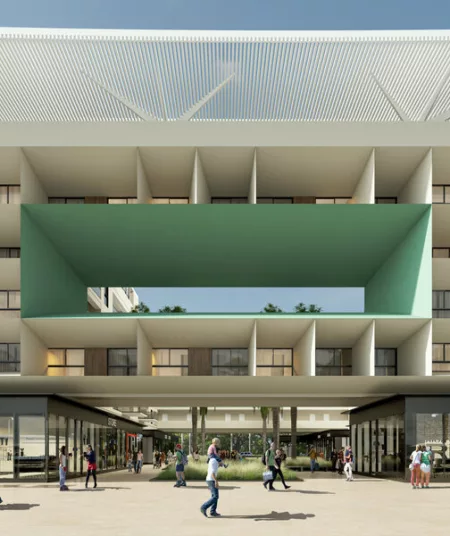“Leading companies have already discovered that a commitment to sustainability can help attract and retain talent, drive shareholder value, as well as property value” Bob Mejor, Executive Vice President of Energy and Sustainability at JLL
The Circular Economy concept idealizes keeping products and materials at their maximum shelf life. This is followed by reuse, re-manufacturing and recycling for the manufacture of new products. This economic model directly attacks the problems of excessive accumulation of waste on the planet, as well as the exploitation of virgin natural resources.
The incorporation of the Circular Economy in the manufacturing processes of products is carried out from the design process: starting with the selection of raw materials, their origin, the quantification of the useful life of the product and the way in which it can be reinserted in a new process chain to obtain another new product.
According to an article on the website Disruptivo TV “between 10 and 15% of construction material is wasted and 54% of the materials that are demolished end up in landfills“. In addition to these alarming figures, there is also the study entitled: The Circular Economy in the Built Environment , prepared by the international firm ARUP, which shows that the construction industry represents the largest consumer of raw materials worldwide, “constituting half of steel production and consuming more than 3 billion tons of raw materials“.
How to apply the Circular Economy in the Real Estate Sector?
The company Inmobiliare reviews in its blog that the Circular Economy is not only a task for large construction companies, but also requires “the commitment and participation of all the actors involved in a real estate project“. In this regard, The British body Construction Leadership Council provides recommendations on how the various participants can contribute to a circular economy. Some of these are:
Designers
Identify the useful time of the space by efficiently selecting the amount of material, betting on less waste and higher levels of reuse in the following lives of the building.
Incorporate the greatest possible use of reused and recycled products in construction.
Product Manufacturers
Providing ingredient descriptions of building materials will provide greater certainty in purchasing.
Share valuable information on how the user can reuse the product after its useful life.
Reducing packaging and integrating recycled content provides environmental benefits across a different supply chain.
Contractors
Selecting suppliers committed to sustainability. Those offering materials with reused components, high recycled content or take-back schemes will constitute the first choice of contractors committed to a circular economy.
Seek to eliminate waste during construction, occupancy and end-of-life of the building.
Customer
It is necessary to establish a minimum design life for the different elements of a building, serving as a guide for the correct execution of the project.
When starting a project, it is preferable to restore an existing space rather than demolition and construction of a new building to reduce waste and material consumption.
Finally, being the Circular Economy a new integrative model for the construction industry, it requires users who are open to the idea and willing to try innovative approaches within their projects.













